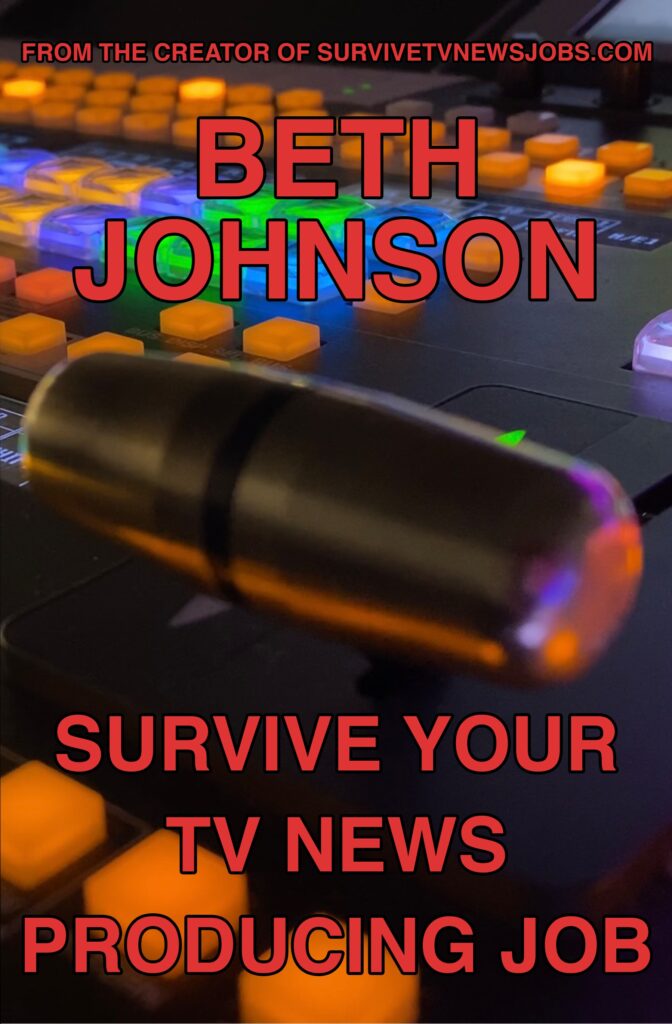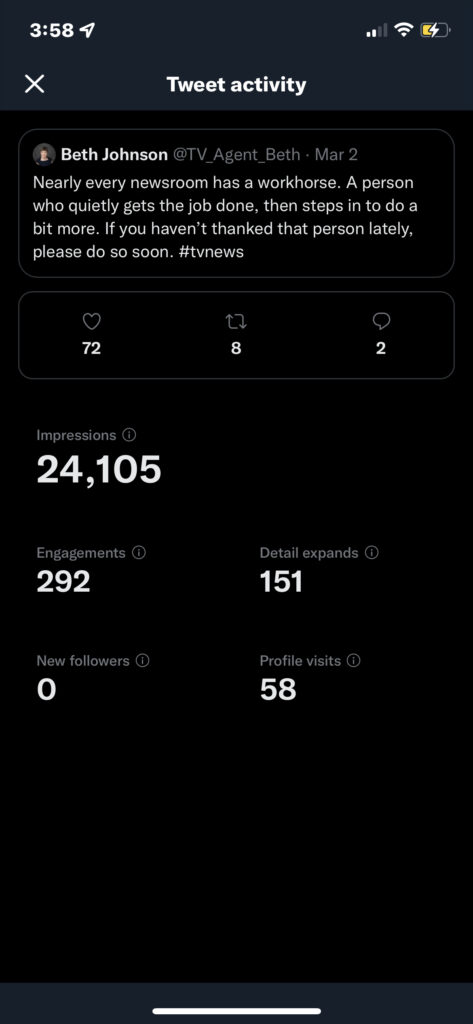The mass shooting in Orlando has been very raw to cover. Mass shootings simply are.
All hands are on deck. Everyone works long hours. Everyone bands together with a passionate sense of purpose to serve the community.
The things the crews see and talk about, over and over, can be very hard to take. Some will take to FB and lay out the pain. Some will quietly seek counseling. But most just grit their teeth and say, “This is part of the job I must be strong.” That is largely true. It is part of the job. But I really do not think people choose to be journalists to cover mass shootings, or other very traumatic events like this. Furthermore, you cannot understand the effects these events have on those covering it, until you have covered one yourself.
This is not meant to offend, but it has to be said: When I say cover, I mean actually stand at ground zero. Actually hear the SWAT team bust in. Actually witness the victims families waiting and waiting, then getting word their loved ones died. Witness the families and friends wailing uncontrollably. See some of the carnage left behind. These elements are not truly understood, until experienced first hand.
I say this, because too often when watching this coverage, I notice something time and again. For the most part the same people are sent to the same scenes over and over. Part of that is logical and good. They are developing the relationships to get the exclusives. It is a tried and true technique for journalists. But in this day of mass shootings and other horrific displays I have to ask, how much would coverage actually be impacted, if you worked in a rotation? Here’s what I mean: When the attack first happens, the initial crews on the scene make sense to follow up where they were stationed the next day. Maybe even the next two days. But when you are hitting day three and on, many could use psychological relief. By that I mean, why not have the crew who sat with the victims’ families cover some nuts and bolts angles, and send the nuts and bolts crew to “story tell” one day? Now, the heavy investigative diggers are a different category because they are likely spending time in and out of these scenes and needing time to find the information. I am talking about those daily follow ups.
Why bother, do you ask? Several reasons. First, the people spending time with the victims and their families need a chance to separate. You get incredibly emotionally attached. It is very hard to re-enter your life after several days of living and breathing this with those so closely impacted. This is one reason why medical teams work to start rotations as soon as possible to give staff a day off and a chance to speak with counselors. News people need this option too. Because there is less staffing you realistically cannot give crews a day off. But you can change up the scenery a bit, so they get a mini emotional break.
It also can be good for the crews doing nuts and bolts to see the impact first hand for a day. Believe me, it will inspire more questions. It reminds crews of what this event really means to the community on a more emotional level. I cannot help but wonder if there would be less on-scene, smiling, selfies if crews are rotated and ended up spending time with a mother who lost her son, or a dad searching for answers or a person shot but still alive asking: “Why me?” It makes it damn hard to desensitize yourself from the story.
And there is another point I want to bring up. Too often managers are insensitive to what the crews are going through. They expect each crew to “man up.” While newsrooms fill up on pizzas, the crews in the field are often forgotten. They are working long hours too. And in this case I will say their job is harder. Journalists in the newsroom still get the luxury of some degree of detachment. They are not smelling the smells, seeing the carnage, standing in the actual moment watching the chaos from every angle. They get air conditioning or heat, delivered food and a bathroom right down the hall. This is not to downplay the importance of the journalists in the newsroom. Not at all. But too often there is a lack of truly understanding what the field crews are going through.
In this digital age, I cannot help but wonder how perspectives would change if a manager came out with the crews to the scenes and worked from the field if even for a few hours? Fire battalion chiefs go to the scene. The Sheriff shows up. What if a news manager came by, to really see what the crews are dealing with? Again, in my own experience, and through hearing from crews over the years; there are simply too many times when a crew calls in with a problem and they get chewed out and told to get it done, period. I saw this during major weather events, standoffs, shootings, even major court cases. Back then, the ND or AND had to be in the building as a point person. Cell phones and laptops did not exist. But now an AND or ME could stop by and experience the actual scene, if even for an hour. I know some managers who quietly go by the scene between news cycles just to see. They do not let crews know. It is very beneficial. If you just can’t get away, at least read this and please take it to heart. The majority of the time you are only getting a glimpse of the actual intensity of the events. Your field crews are not going to talk in-depth about all they saw and experienced because it is likely simply too much to take in right away. That’s why a crew can start to act testy on day three or two weeks later “out of the blue.” They will likely have a delayed reaction. You need to protect them to some degree by being sensitive to what they are not telling you. Send food. Text “good job” more often. Call them in and ask, “Are you ok?” Ask if they need to switch up their roles a bit after a few days so they get a mini break. At least ask. The crews need you to have a firm understanding of the view they are taking in each day. They need to know that if it’s getting hard to take, they can at least talk about it, and have someone truly listen and understand the crew view. They need to know their bosses have their back. So ask yourself: Do you, really?



